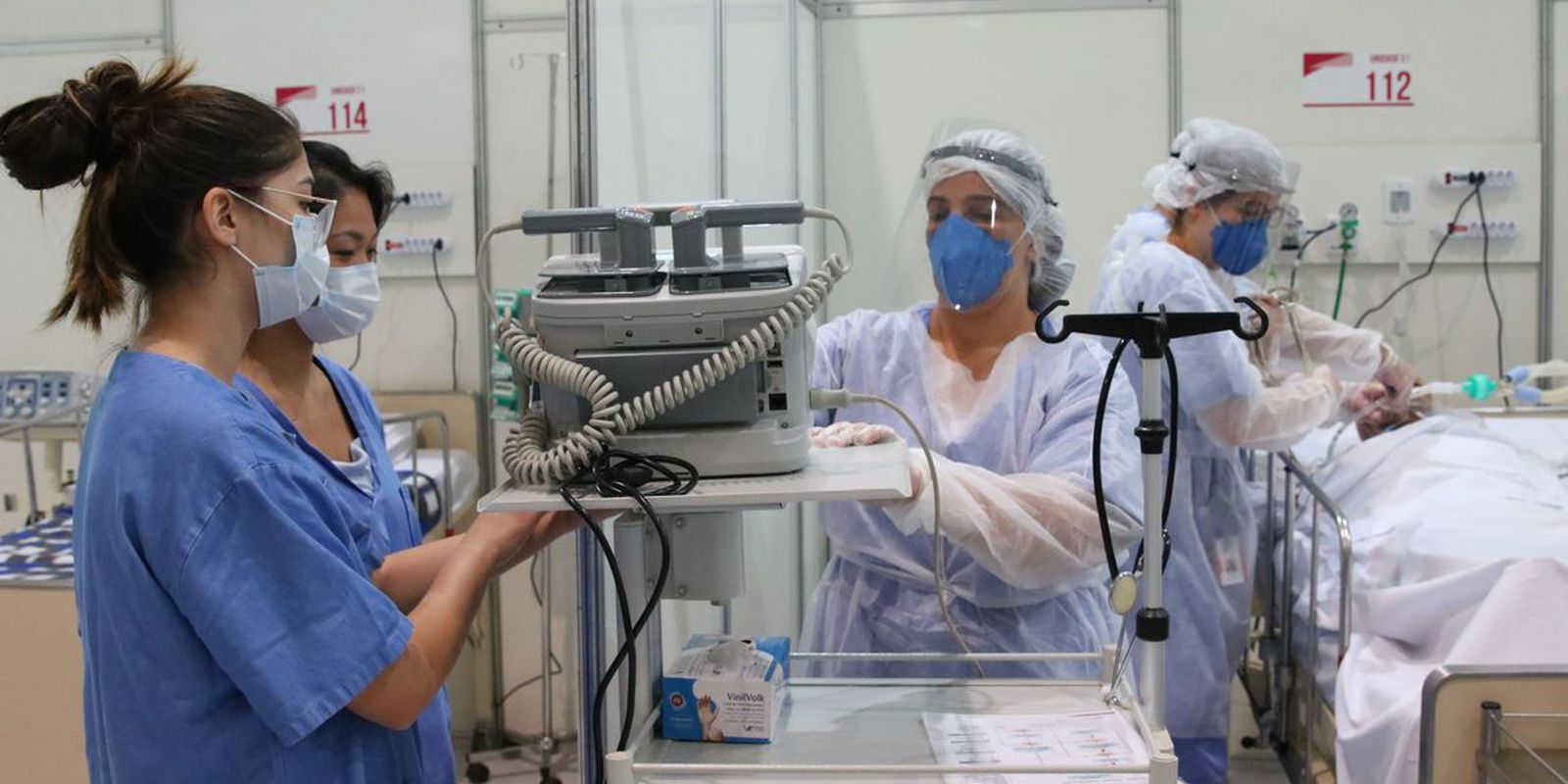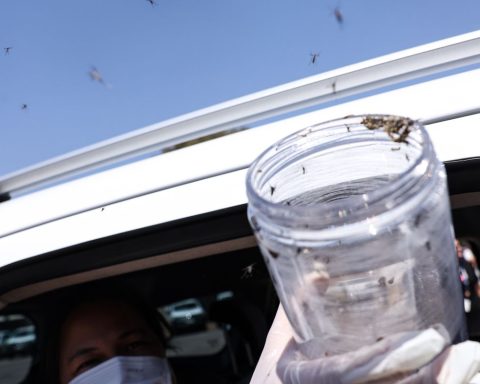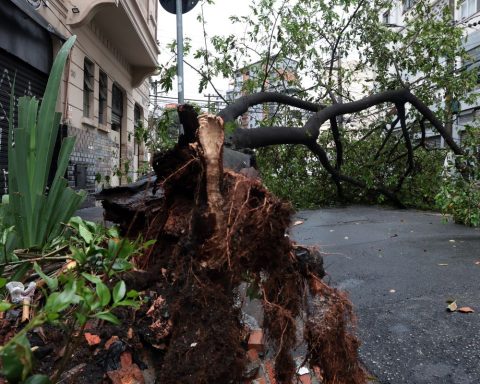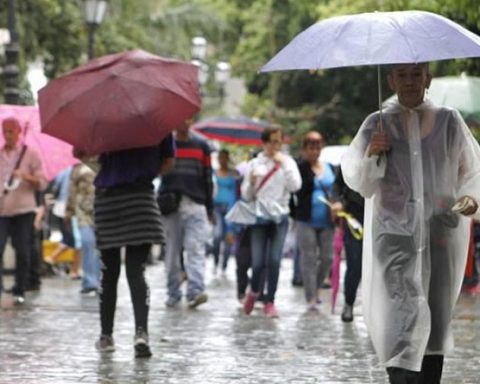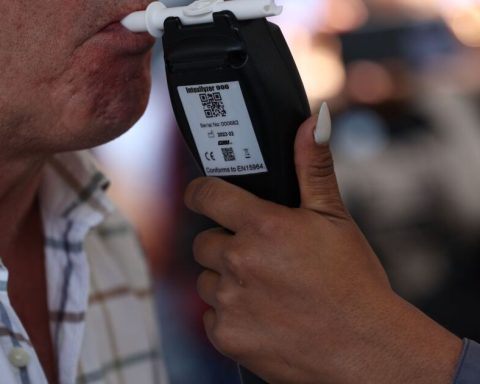The demand for courses in the health area has increased in higher education, and these degrees are among the most sought after both in distance learning (EaD) and in person. The information is from the Higher Education Observatory survey: analysis of microdata from the 2020 Higher Education Census.
Among the ten most sought-after distance courses in 2020 and which had an increase in student enrollment compared to 2019, four are in the health area: pharmacy, with a growth of 416%; biomedicine, with an increase of 190%; nutrition, with 70.5%; and nursing, with 30.4%. These courses are not entirely remote, they rely on face-to-face activities and teaching practices.
Seven of the 20 on-site courses most sought after by new students are in the same area: psychology, with a 7.6% increase in enrollment; veterinary medicine (6.9%), medicine (4.1%), dentistry (0.5%), biomedicine (2.1%). Nursing and physiotherapy courses, despite being among the most sought after, had a drop in the number of enrollments compared to 2019, respectively by 9.6% and 12.7%.
“This trend was accelerated by the pandemic, as society became more aware of the so-called front-line heroes and realized the need for more and better health professionals”, says the president director of the Brazilian Association of Higher Education Maintainers ( Abmes), Celso Niskier.
He points out that careers in the health area need a degree to practice the profession, which makes students have to seek graduation. Furthermore, according to Niskier, these are professions with higher average salaries than other careers.
distance education
The survey, carried out by the educational research company Educa Insights and published by Abmes, was based on the Higher Education Census, carried out annually by the National Institute of Educational Studies and Research Anísio Teixeira (Inep). Because of the impacts of the pandemic, the 2020 Census calculation period has been extended. You results were released in February 2022.
Among the highlights of the census is the advancement of distance education. In 2020, beginners in these courses surpassed freshmen in face-to-face courses. Of the more than 3.7 million beginners in 2020 (public and private institutions), more than 2 million (53.4%) opted for distance learning courses and 1.7 million (46.6%) for on-site courses.
In the 2019 edition, the private network had already registered the highest number of vacancies for distance education courses. In the last ten years, the number of enrollments in on-site courses has shrunk by 13.9%, while in distance courses it has increased by 428.2%.
Among the areas of distance learning courses, health advanced 78% compared to 2019, with 78,527 more students. “EaD is here to stay and is part of the solution. What we have to do is ensure that it grows with quality”, emphasizes Niskier. “I believe that we are going to build a distance education model that is good for the country, because of the flexibility, accessibility it provides, and that guarantees the required quality standards”. In relation to health courses, he emphasizes that he defends face-to-face activities and practices, which he is not in favor of a 100% distance course.
Despite the impacts of the pandemic in 2020, more than 8.6 million enrollments were registered in higher education, which represents a growth of 0.9%. Compared to 2019, the number of total enrollments increased by 3.1% among private institutions and shrank by 6% in public ones.
